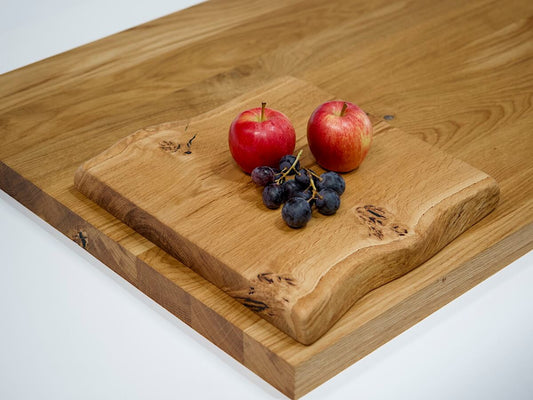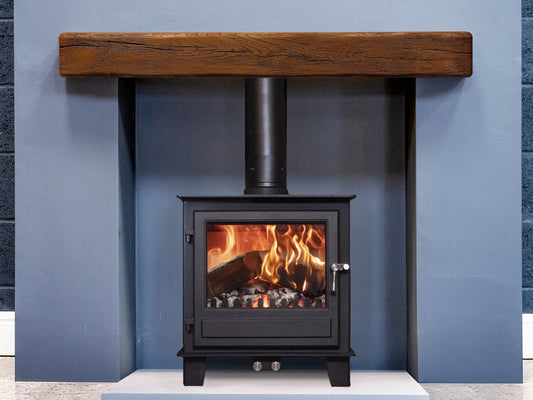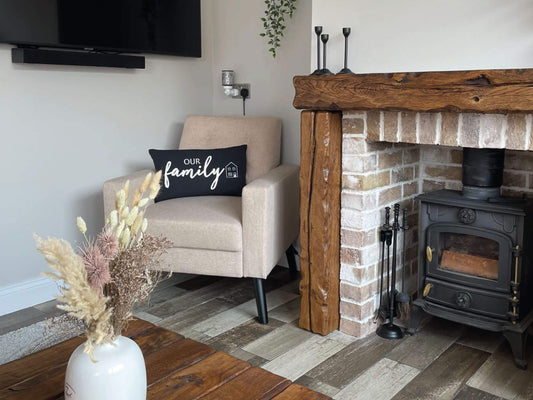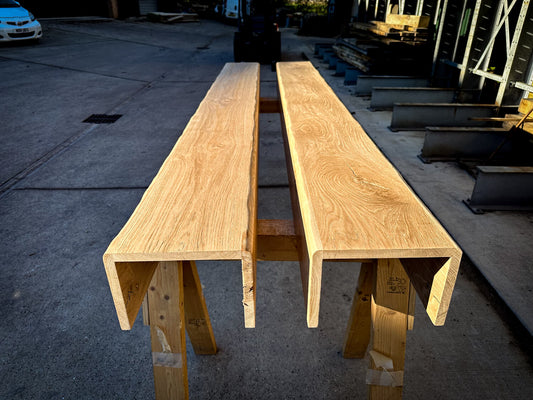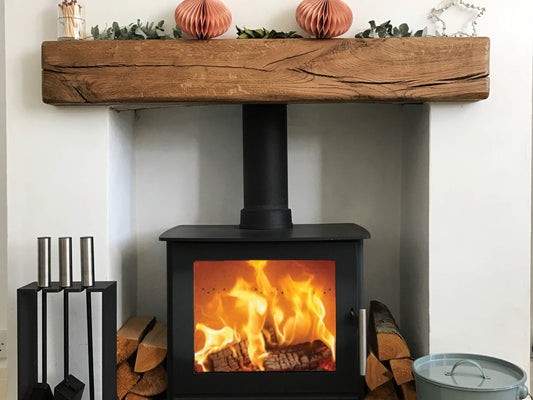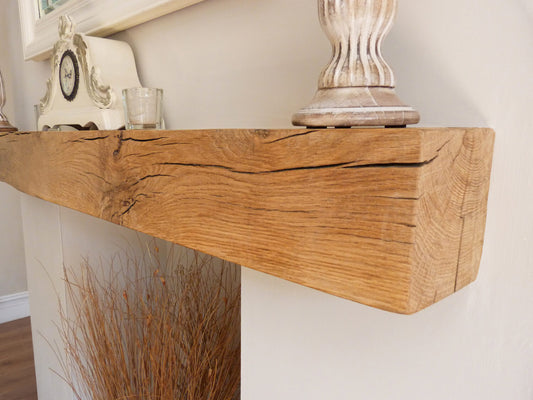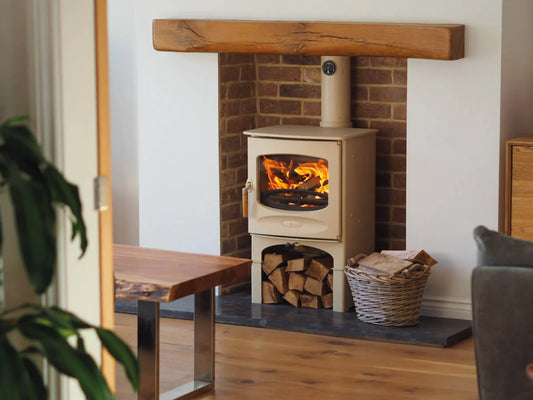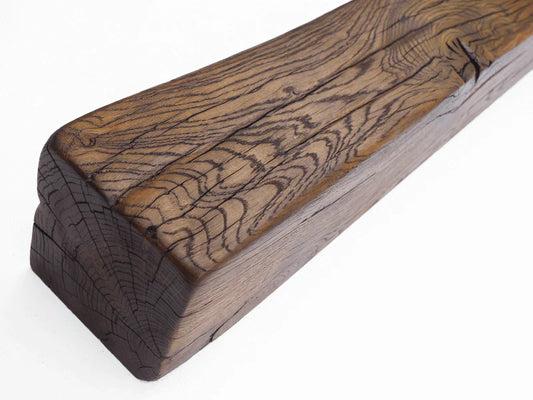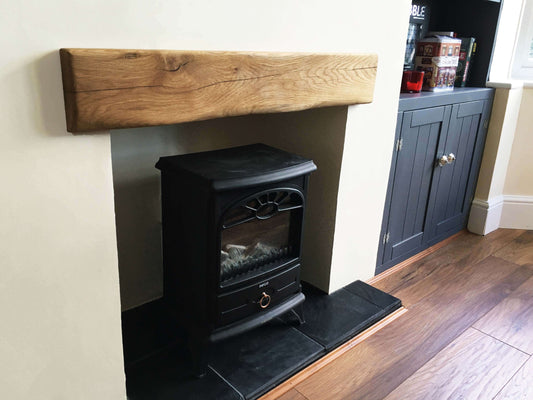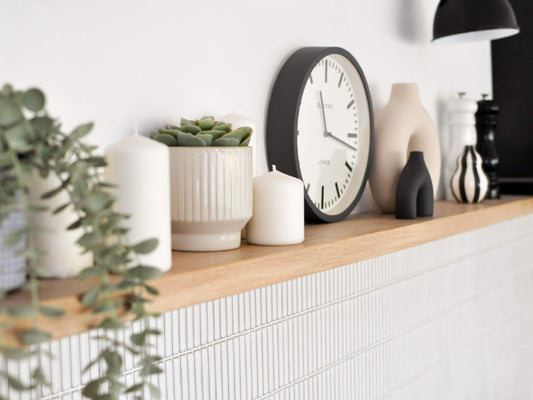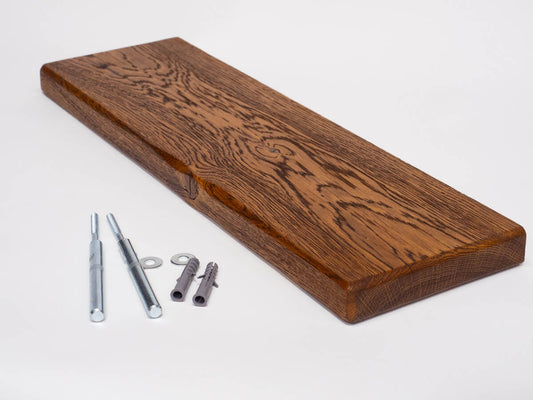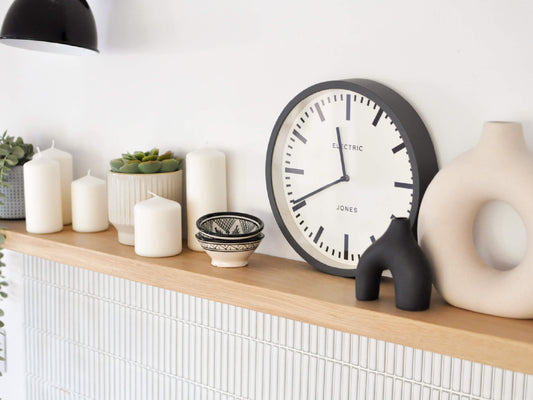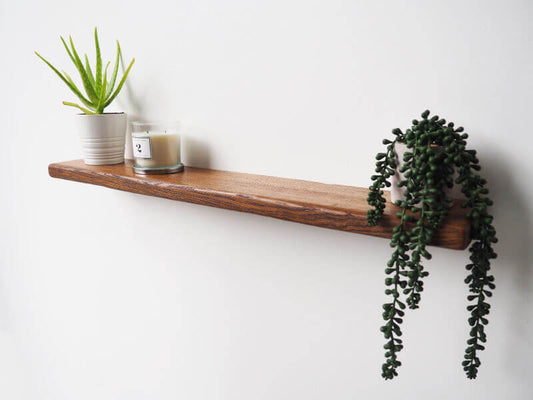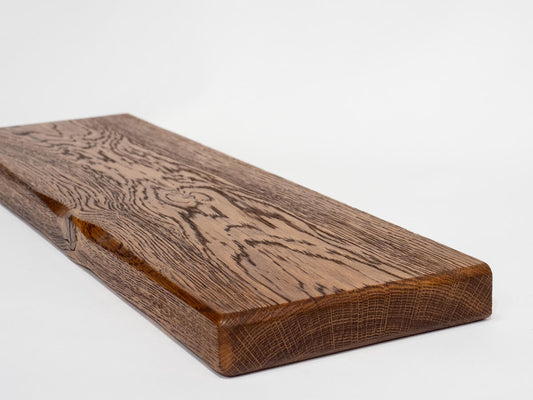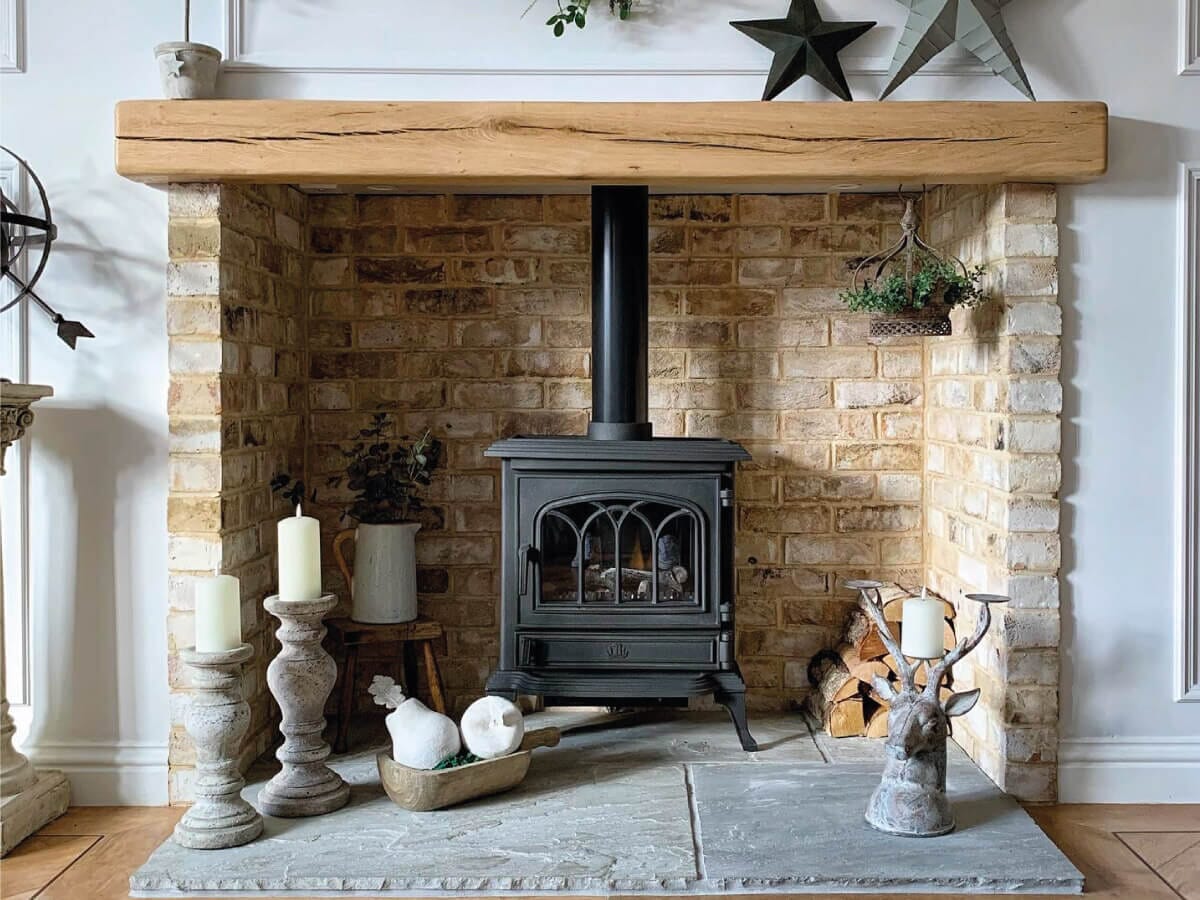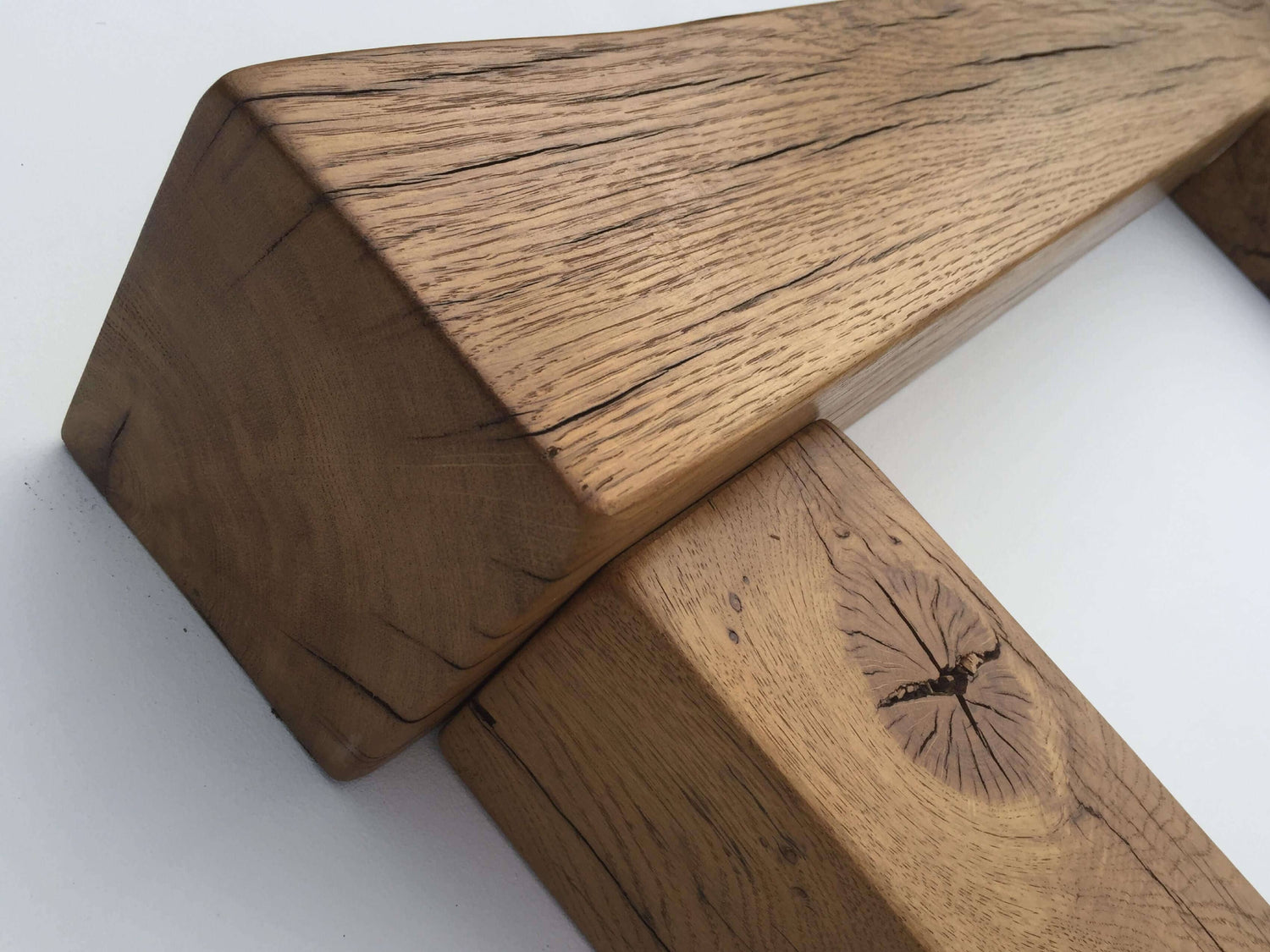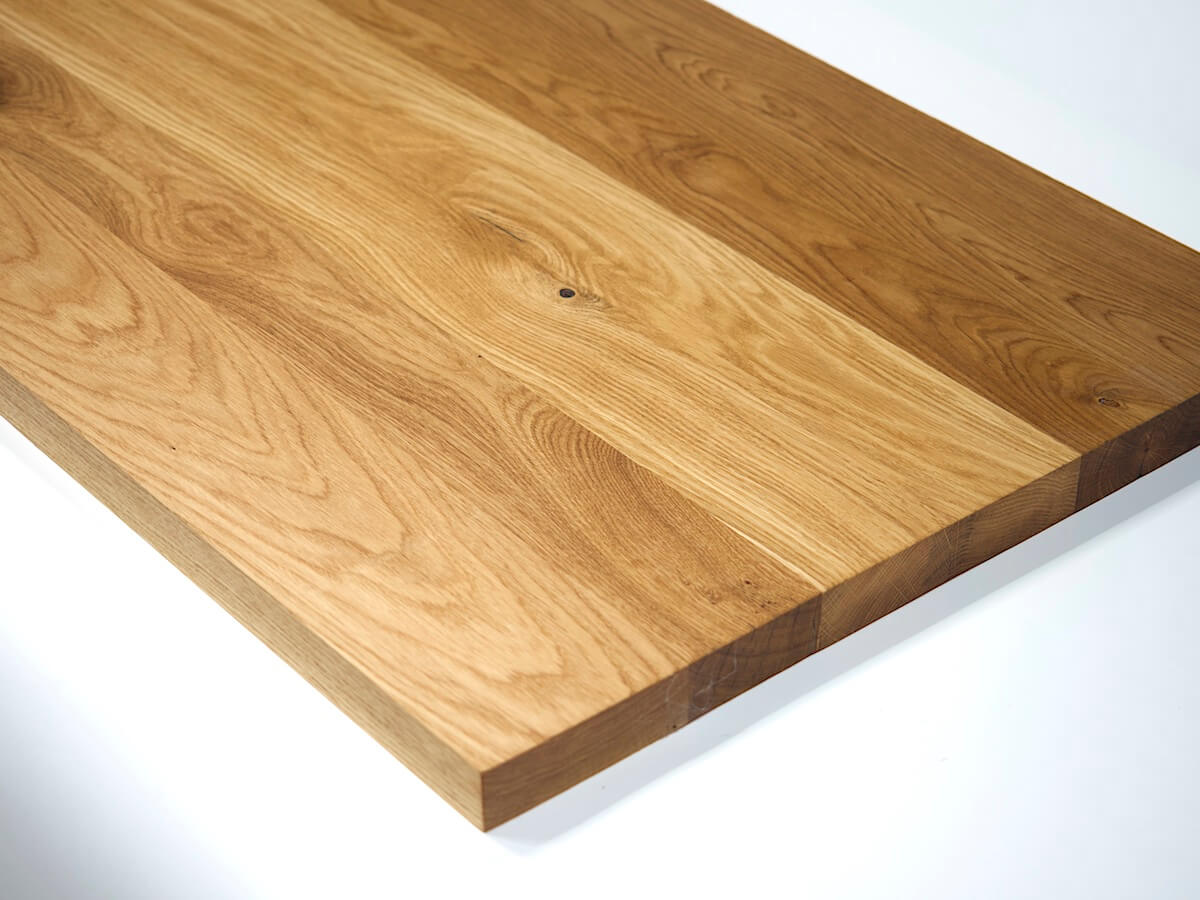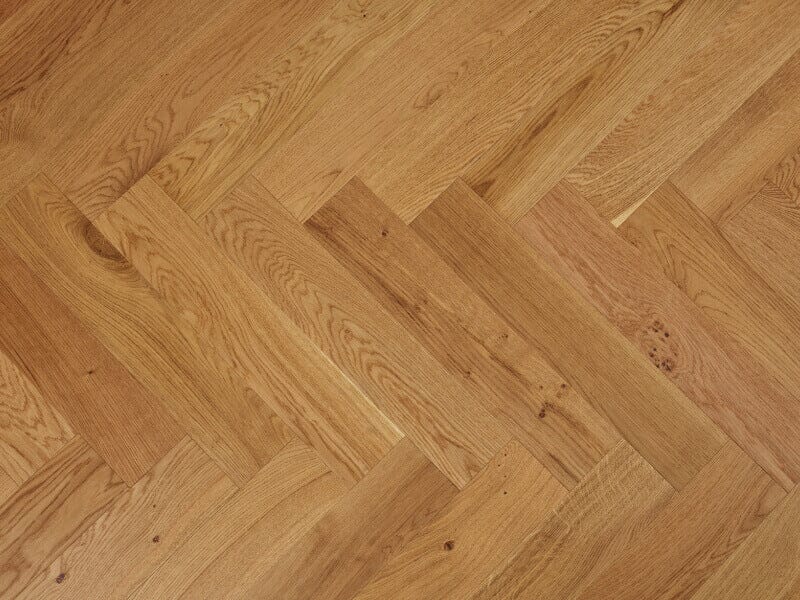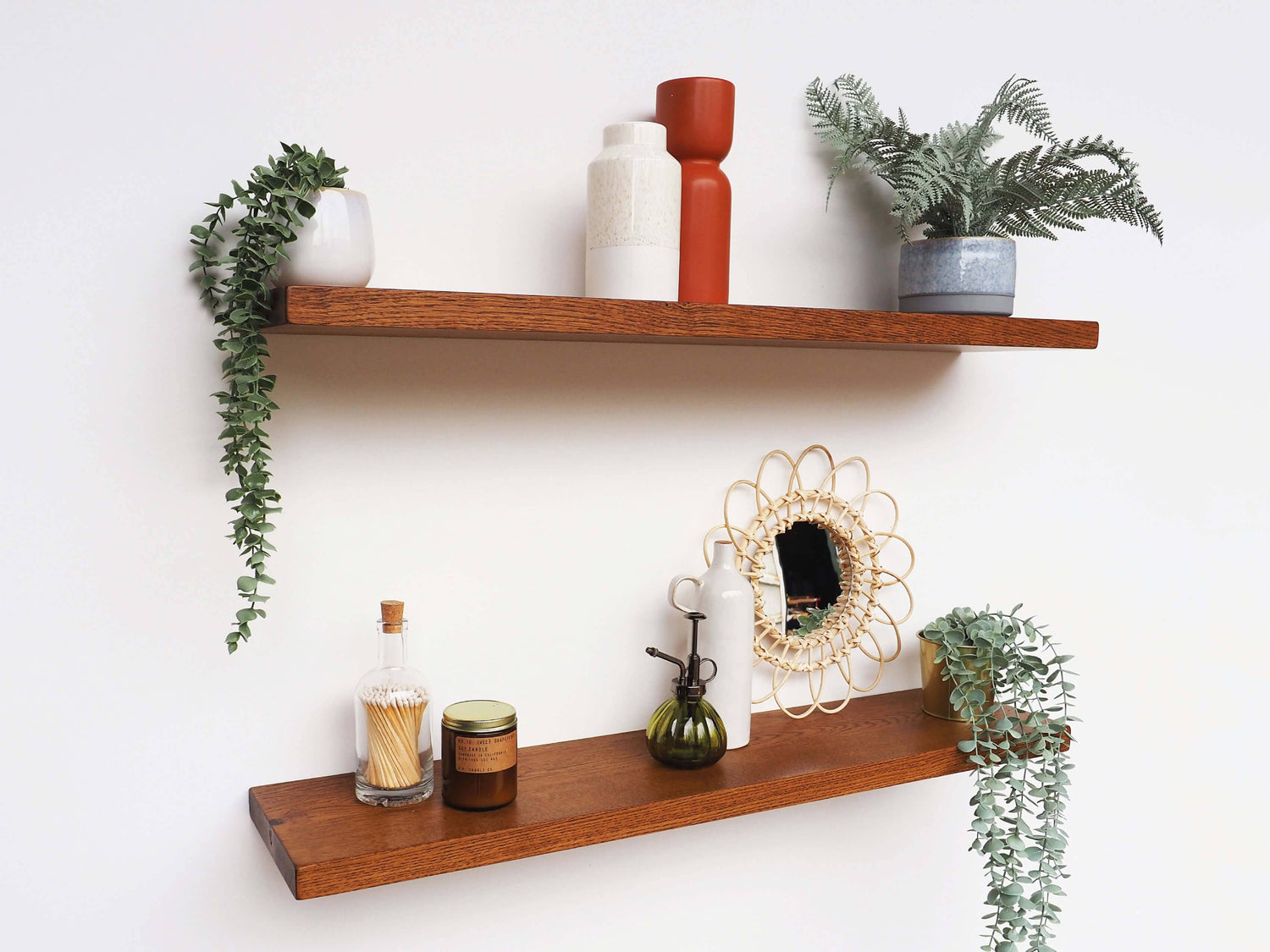
What's the difference between wet and dry oak.
Share
Dry January: we take a look at the difference between wet and dry oak
As if January wasn’t bad enough, many of us are now soldiering through ‘Dry January’. We’re not saying that some time without alcohol wouldn’t be a good idea, but whether sucking what joy a little glass of beer or wine at the end of the day brings during what is probably the coldest, dullest and most depressing month of they year, is the best idea, is still up for debate!
Anyway, back to the point of the blog. Here at Traditional Beams, conversations always turn back to our beautiful oak beams. So while we were sitting sipping our orange juices, we thought we’d share with you the difference between ‘wet’ and ‘dry’ oak – and why it matters when you’re buying a fireplace mantel.
‘Wet’ oak is known as ‘green oak’
When people talk about ‘green oak’, they are talking about oak that has been recently cut and hasn’t yet had time to air dry.
The moisture content in green oak is still relatively high, as it hasn’t had a long time to dry. Indeed, when you buy green oak, it is still drying out.
When to use green oak?
Green oak is generally used for buildings, either in solid-oak-beam form or as cladding. When used in timber framing, as the oak dries it shrinks and pulls the entire frame together resulting in an incredibly strong structure.
When oak is green, it is be easier to work with. Air dried oak is far harder than green oak. Another plus point is that it is less expensive than dried oak.
Dry oak – air-dried oak beams
Dried oak is oak that has been cut down and left to dry for at least 1 year. The drying process can be done either naturally (all of our oak fireplace mantelsare air dried) or inside a kiln.
However, oak beams described as air dried are not completely dry. They will still contain a certain amount of moisture due to their size.
Eventually, green oak will turn into air-dried oak.
Why use air-dried oak?
Here at Traditional Beams, we air dry all of our fireplace beams to ensure that there is minimal movement once they’re installed.
We believe that this natural process (rather than speeding up the process in a kiln), results in a unique and naturally beautiful fireplace mantel.
If we were to provide you with green oak fireplace beams, the beam could move dramatically as it dries out inside your home. It’s hard to say exactly how the beam would react as it dries. It’s safe to assume large splits, substantial shrinkage and substantial distortion would occur. Of course, as the drying process continues, even air-dried oak beams may experience a certain degree of movement and cracking when installed in a warm home, but this only serves to provide your beam with even more unique character.
Green and air-dried oak both have their place
Green and air-dried oak are normally used for different purposes.
While air-dried oak works best for fireplace beams, green oak is often used for constructing oak-framed buildings.
If you have any questions about what’s best for your project, we’re happy to help.
I’ve looked through your fireplace beams and they seem to all say that they’re air dried – let me know if this isn’t the case.

